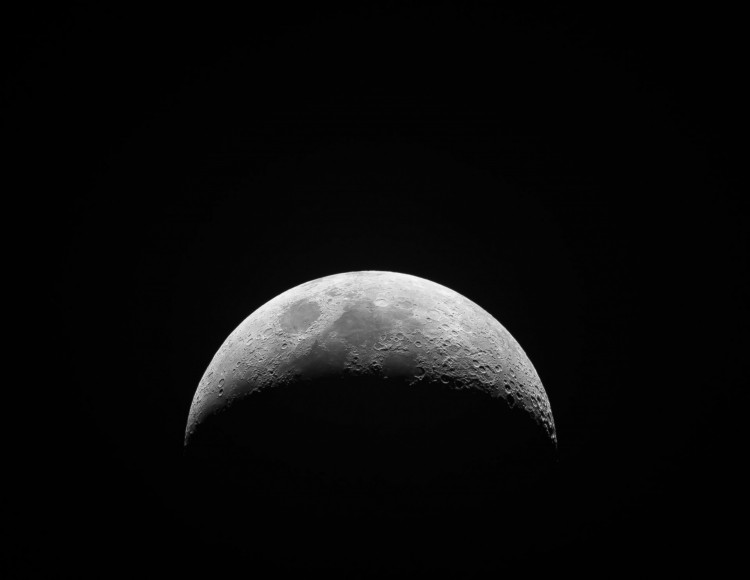A rocket stage expected to collide with the moon on Mar. 4 may not be from SpaceX after all.
Bill Gray, the astronomer credited with spotting the impending impact, acknowledged on Saturday (Feb. 12) that he misidentified the rocket as an obsolete SpaceX Falcon 9 rocket stage that helped launch the Deep Space Climate Observatory satellite in 2015.
Gray believes the stage was part of the Long March 3C rocket that launched China's moon-bound Chang'e 5-T1 mission in October 2014. This spacecraft served as a forerunner of Chang'e 5, a 2020 mission that performed a robotic lunar sample return.
"I thought it was either DSCOVR or some bit of hardware associated with it," Gray wrote in his blog. "WE0913A had gone past the moon two days after DSCOVR's launch, and I and others came to accept the identification with the [Falcon 9] second stage as correct. The object had about the brightness we would expect, and had showed up at the expected time and [was] moving in a reasonable orbit."
On Saturday (Feb. 12), Gray was notified of the error by Jon Giorgini, an engineer at NASA's Jet Propulsion Laboratory who monitors active spacecraft. Giorgini had found the DSCOVR spacecraft in NASA's Horizons database, which keeps track of the estimated locations and orbits of hundreds of millions of solar system objects.
According to Horizons, the DSCOVR spacecraft's track avoided getting too close to the moon, making it unlikely that a piece of the probe will collide with Earth's lone satellite.
Gray initially explained the inconsistencies by believing that the rocket stage was leaking residual fuel and that its orbit was being affected by the lightened load.
However, after reexamining the data, Gray concluded that this explanation was unlikely. Instead, the launch times and trajectory of China's Chang'e 5-T1 mission were nearly identical to WE0913A. The project delivered a tiny test spacecraft to the moon in preparation for China's Chang'e mission in 2020.
Gray now believes that the rocket stage of the mission's Long March 3C rocket is the object that will collide with the moon on March 4 at a speed of around 5,771 mph (9,288 km/h).
The space trash is expected to collide with the moon's equator on its far side, making the impact unnoticeable to Earth. Satellites circling the moon, such as NASA's Lunar Reconnaissance Orbiter and India's Chandrayaan-2 probe, may be able to capture the collision, although their primary purpose will be to detect the object's impact crater. The images from the new crater are expected to aid scientists in better understanding the moon's underlying components.





